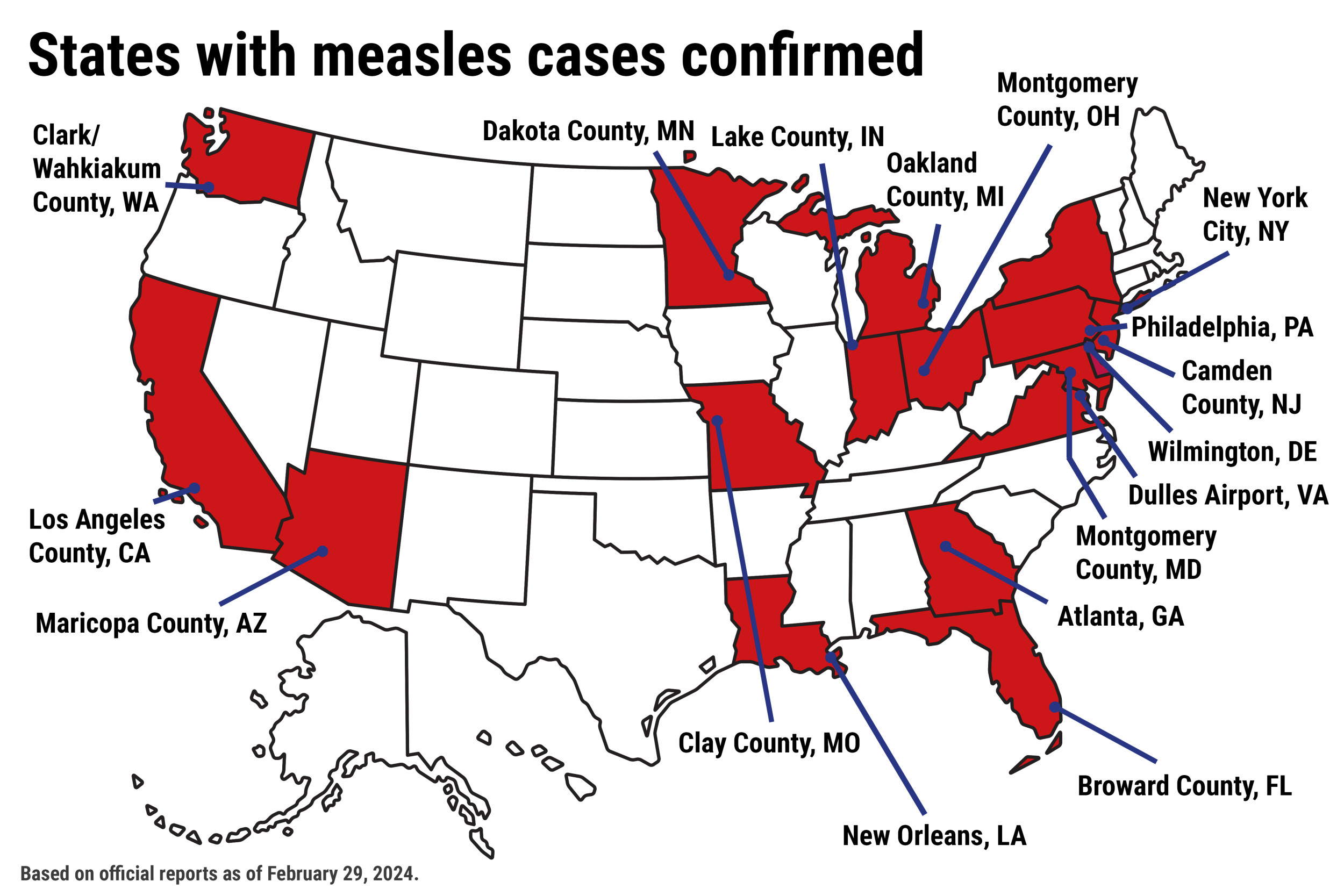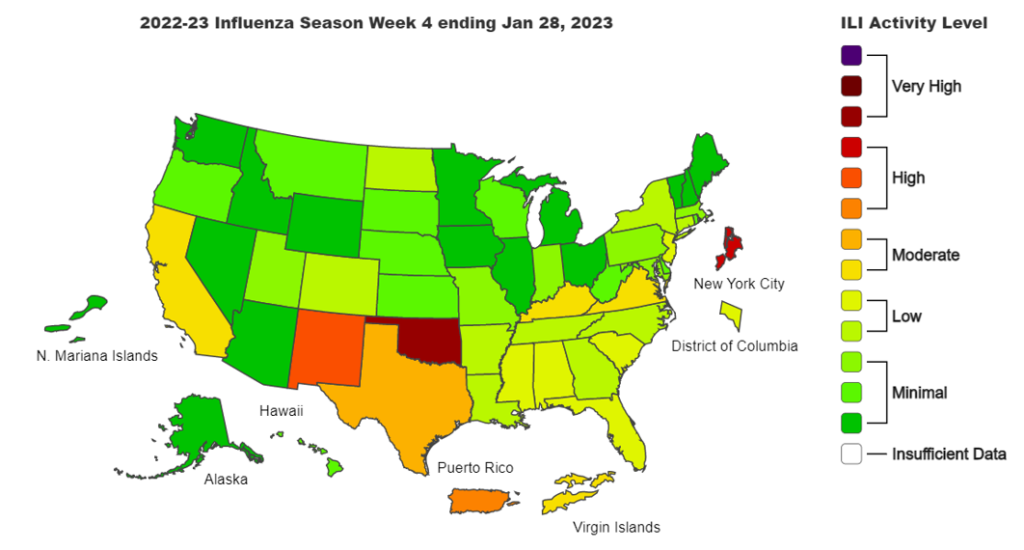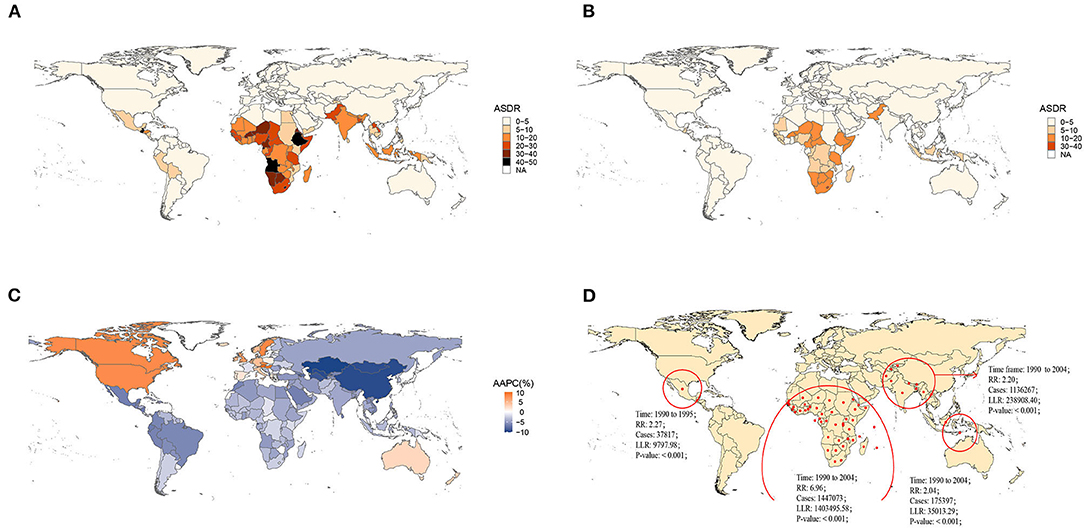Alright folks, let’s talk about something that’s been buzzing around lately—norovirus. In 2024, we’ve seen a significant spike in outbreaks, and understanding the norovirus 2024 outbreak map is crucial for staying safe. Whether you’re a health enthusiast, a parent, or just someone who wants to avoid getting sick, this article has got you covered. So, grab your favorite drink, sit back, and let’s break it down.
Imagine this: you’re enjoying your weekend, feeling all good, and then BAM! You’re hit with nausea, vomiting, and diarrhea. Sounds fun, right? Nope. That’s norovirus for ya. It’s a sneaky little bug that spreads faster than Wi-Fi on a college campus. And in 2024, it’s making headlines worldwide.
Now, before we dive deep into the nitty-gritty of the norovirus 2024 outbreak map, let me tell you why this matters. We’re not just talking about a random stomach bug here. This is a global health issue that affects millions, and knowing where the outbreaks are happening can literally save your day—or your life.
Read also:Jonathan Taylor Thomas Dating The Inside Scoop Youve Been Waiting For
What is Norovirus and Why Should You Care?
Let’s start with the basics. Norovirus is a highly contagious virus that causes gastroenteritis, which is a fancy way of saying it messes up your stomach and intestines. It’s like an uninvited guest at a party who just won’t leave—and trust me, you don’t want this guest anywhere near you.
Here’s the kicker: norovirus spreads like wildfire. You can catch it from contaminated food, water, surfaces, or even by being near someone who’s infected. And once it gets a hold of you, it doesn’t mess around. Symptoms usually kick in within 12 to 48 hours, and they’re not pretty.
So, why should you care? Well, in 2024, we’ve seen a massive surge in cases, and the norovirus 2024 outbreak map is showing hotspots all over the globe. This isn’t just a local issue anymore; it’s a global health concern that demands attention.
Breaking Down the Norovirus 2024 Outbreak Map
Alright, let’s get into the meat of the matter. The norovirus 2024 outbreak map is a visual representation of where the virus is hitting the hardest. It’s like a treasure map, but instead of gold, you’re looking at outbreaks. And let me tell you, it’s not pretty.
As of early 2024, the map is showing spikes in places like Europe, Asia, and North America. Countries like the UK, Japan, and the United States are reporting record numbers of cases. But here’s the thing: the map isn’t just about numbers. It’s about understanding the patterns and taking action.
For example, if you’re planning a trip to one of these hotspots, you might want to rethink your plans—or at least take extra precautions. And if you live in an area that’s been flagged, it’s time to step up your hygiene game.
Read also:Unveiling Carrie Fishers Net Worth The Star Wars Legends Financial Legacy
Key Regions to Watch Out For
Let’s zoom in on some of the key regions that are currently on the radar:
- United Kingdom: The UK has been hit hard by norovirus in 2024, with hospitals reporting a significant increase in cases.
- Japan: Known for its cleanliness, Japan is still grappling with norovirus outbreaks, particularly in schools and nursing homes.
- United States: In the US, the virus is spreading rapidly, especially in crowded areas like cruise ships and restaurants.
These regions are just the tip of the iceberg. The norovirus 2024 outbreak map is constantly evolving, so staying updated is key.
How Does Norovirus Spread?
Now that we know where it’s happening, let’s talk about how it spreads. Norovirus is a master of disguise. It can survive on surfaces for days, withstand freezing temperatures, and even resist some disinfectants. It’s like the James Bond of viruses—sneaky and hard to catch.
Here are the main ways norovirus spreads:
- Contaminated Food: Eating food that’s been handled by an infected person or grown in contaminated water.
- Contaminated Water: Drinking water that’s been tainted with the virus.
- Direct Contact: Touching surfaces or objects that have the virus on them, then touching your mouth.
- Airborne Transmission: Yes, you read that right. Norovirus can become airborne when someone vomits, spreading tiny particles through the air.
See what I mean? This virus is relentless. But don’t worry, there are ways to protect yourself.
Prevention Tips to Stay Safe
Now that we’ve got the scary stuff out of the way, let’s talk about prevention. Here are some tips to help you stay norovirus-free:
- Wash Your Hands: This one’s a no-brainer. Use soap and water, and scrub for at least 20 seconds. Alcohol-based hand sanitizers can help, but they’re not as effective against norovirus.
- Cook Food Thoroughly: Make sure your food is cooked to the right temperature, especially shellfish, which is a common carrier of the virus.
- Clean and Disinfect: Regularly clean surfaces, especially in kitchens and bathrooms. Use a bleach-based cleaner for maximum effectiveness.
- Stay Home if You’re Sick: If you’ve got norovirus, do everyone a favor and stay home. You don’t want to be that person who spreads it to an entire office.
These tips might seem simple, but they’re incredibly effective. Remember, prevention is always better than cure.
Common Misconceptions About Norovirus
Before we move on, let’s clear up some common misconceptions about norovirus:
- It’s Just the Stomach Flu: Nope. While it’s often called the stomach flu, norovirus is a completely different virus from influenza.
- You Can’t Get It Twice: Wrong again. Norovirus has many strains, so you can get infected multiple times.
- It Only Happens in Winter: While outbreaks are more common in winter, norovirus can strike at any time of the year.
Knowledge is power, folks. The more you know, the better equipped you are to protect yourself.
Understanding the Symptoms
Now, let’s talk about the symptoms. If you’ve ever had norovirus, you know it’s not a pleasant experience. Here’s what to look out for:
- Nausea: That queasy feeling in your stomach.
- Vomiting: The body’s way of saying, “Nope, not having it.”
- Diarrhea: Fun times ahead.
- Stomach Cramps: Like someone’s squeezing your insides.
- Fever and Body Aches: Because why not?
Most people recover within a few days, but it’s important to stay hydrated. Dehydration is a serious risk with norovirus, so make sure you’re drinking plenty of fluids.
Treatment Options and When to Seek Help
So, you’ve caught norovirus. What now? Unfortunately, there’s no specific treatment for the virus itself. Your body just needs time to fight it off. But there are things you can do to ease the symptoms:
- Stay Hydrated: Drink water, electrolyte solutions, or even ginger tea to settle your stomach.
- Rest: Your body needs all the energy it can get to fight the virus.
- Over-the-Counter Medications: Medicines like Pepto-Bismol can help with nausea and diarrhea.
However, if you experience severe dehydration, persistent vomiting, or symptoms lasting more than a few days, it’s time to seek medical help. Your health is not something to mess around with.
When Should You Call a Doctor?
Here are some signs that it’s time to call a doctor:
- Severe Dehydration: Signs include extreme thirst, dry mouth, and little or no urine output.
- Persistent Symptoms: If your symptoms don’t improve after three days, it’s time to get checked out.
- High Fever: A fever above 101.5°F (38.6°C) that doesn’t go away with medication.
Remember, your health is important. Don’t hesitate to seek help if you need it.
Global Efforts to Combat Norovirus
Alright, let’s talk about the bigger picture. Governments and health organizations around the world are working hard to combat norovirus. From improved sanitation practices to developing vaccines, there’s a lot being done to tackle this pesky virus.
For example, the World Health Organization (WHO) is collaborating with countries to enhance surveillance systems and improve outbreak response. And researchers are making strides in developing a vaccine that could one day prevent norovirus altogether.
It’s comforting to know that we’re not alone in this fight. Global efforts are making a difference, and with continued research and awareness, we can hope for a future where norovirus is less of a threat.
Conclusion: Stay Informed, Stay Safe
And there you have it, folks. The norovirus 2024 outbreak map is a stark reminder of how important it is to stay informed and take precautions. Whether you’re traveling, working, or just going about your daily life, knowing the risks and how to protect yourself can make all the difference.
So, here’s what you need to do: stay updated on the latest outbreaks, practice good hygiene, and don’t hesitate to seek help if you need it. Together, we can fight this virus and keep ourselves and our communities safe.
Got any questions or tips of your own? Drop them in the comments below. And if you found this article helpful, don’t forget to share it with your friends and family. Let’s spread awareness, not norovirus!
Table of Contents
- What is Norovirus and Why Should You Care?
- Breaking Down the Norovirus 2024 Outbreak Map
- How Does Norovirus Spread?
- Prevention Tips to Stay Safe
- Understanding the Symptoms
- Treatment Options and When to Seek Help
- Global Efforts to Combat Norovirus
- Conclusion: Stay Informed, Stay Safe
Stay safe out there, folks. The world’s a big place, and we’ve got plenty of adventures waiting for us—just not the norovirus kind.



